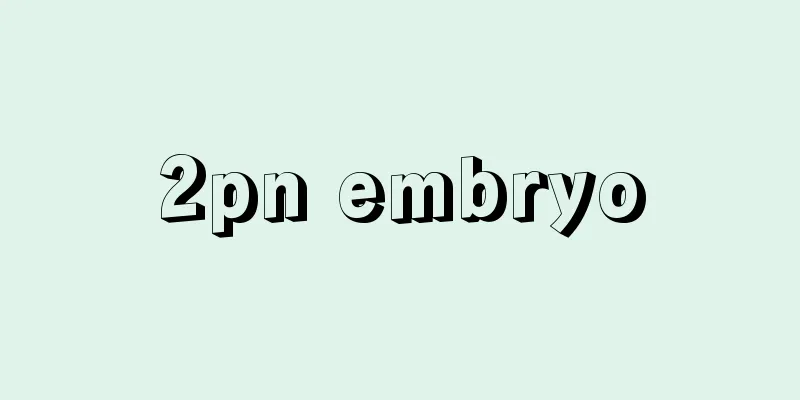2pn embryo

|
"PN" is the abbreviation of "pronucleus". Generally, embryologists will observe the fertilization of the eggs on the morning of the second day after the IVF egg retrieval day. At this time, under the microscope, they will see one or many rings appear in the fertilized eggs, which are the "pronuclei". ” During the test tube cycle, after ovulation induction, when the size of the follicle is guaranteed to be above 18mm, we can inject the egg at night and perform egg retrieval for IVF 34-36 hours later. Generally speaking, after the egg is retrieved, it is placed in the prepared IVF embryo culture medium as soon as possible for incubation, and then fertilized with male sperm after a few hours. Generally speaking, the day of the sperm and egg is considered day 0. Day 1: In the morning, observe the fertilization status of the eggs retrieved for IVF the day before, that is, whether everything is fertilized normally (whether there are two pronuclei 2PN). According to the number of pronuclei, it becomes NPN (N is the number of pronuclei), and no pronucleus is OPN. The IVF embryos developed from sperm and eggs exceeding 2PN cannot be used and must be discarded. Day 2: Observe whether the sperm and egg are dividing, how many germ cells there are, 4 germ cells are best, whether there are fragments, no fragments are good, whether they are symmetrical, symmetrical is good. Day 3: Observe the number of germ cells, 8-10 germ cells are best, and check whether there are any fragments and whether they are symmetrical. A good IVF embryo should be one with 8 germ cells that have divided three times. Sometimes there will be IVF embryos with 4 to 7 germ cells or more than 8 germ cells. If after 3 days of incubation, there are too many IVF embryos to be cultured, the embryos need to be moved to freshly prepared IVF embryo culture medium for further incubation. Day 4: The embryonic development process progresses to the morula stage. Day 5: The entire process of embryonic development reaches the test tube embryo stage. At this point, a good IVF embryo should have divided more than 6 times and formed a IVF embryo. By the time the embryo reaches the test tube embryo stage, there are already 75-100 reproductive cells in the test tube baby embryo and the capacity continues to increase. At this time, the test tube embryo includes trophectoderm, blastocyst cavity and inner cell mass. The trophectoderm will produce the test tube embryo, placenta, fetal umbilical cord, and the inner cell mass will produce the fetus. In most cases, only the healthiest IVF embryos can grow and develop to the 5th day to form IVF embryos. This is also the reason why many sisters have a lot of IVF eggs but only a few can be transplanted IVF embryos. The IVF embryos themselves will undergo a process of survival of the fittest. Sperm deformities, chromosomal abnormalities, etc. will all affect the embryonic development process. |
<<: Internal structure of the uterus
>>: Endometrial pathology report pictures
Recommend
I had sex right after the biopsy.
You cannot have sex immediately after a biopsy, b...
What to do if you have cervical pain during early pregnancy
With the development of smart technology, smart p...
What? Aspirin and heroin are actually "brothers"
More than 100 years ago, aspirin was invented, an...
How big is the gestational sac to have medical abortion?
In modern life, many women do not want to get pre...
How long does it take to get pregnant after perming your hair?
Most women prefer to perm and dye their hair, bec...
Does stringy leucorrhea during ovulation mean ovulation? Why does stringy leucorrhea occur during ovulation?
We all know that women who are trying to get preg...
Is it normal to have back pain when you are pregnant?
When you are just pregnant and your belly is gett...
Why can't we eat locusts during a locust plague? Why can't we eat locusts during a locust plague?
India and Pakistan are now plagued by locust plag...
What should women do if their breasts are large and sagging?
Large breasts are prone to sagging, which is a pr...
What causes pubic itching?
Every symptom that appears in the body represents...
Do tampons really work?
Women will use tampons or sanitary napkins during...
List of antenatal check-up items
If you are pregnant, you should go to the hospita...
Normal breast size for a 19 year old
The breasts are a particularly important part for...
What is the difference between blanching carrots and not blanching them? Benefits and functions of carrots
Carrots have a high reputation in the West and ar...
How long is a course of treatment for gynecological gel?
The main treatment of vulvar inflammation, vulvar...









